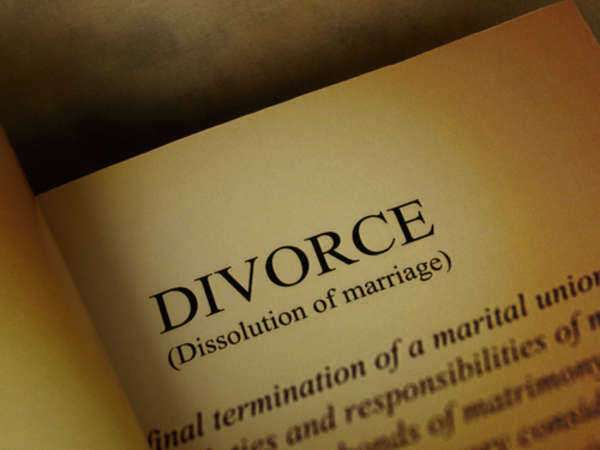
What Are the Standard Divorce Procedures?
At the heart of it all, divorce is a tough situation to deal with, for obvious reasons. But know this:
The Process Can Move a Lot Easier by Knowing the Proper Divorce Procedures
For starters, this is what any spouse can look forward to in regards to divorce….
There are two roles in a divorce petition:
1. The Petitioner
2. The Respondent
These two roles are filled by the spouses. One spouse (the Petitioner) is the one who would file the actual petition for divorce. Typically, it’s the Petitioner that’s actively seeking the divorce. Likewise, the other role is filled by the ‘other spouse.’ A Respondent simply receives the petition.
How to Obtain a Petition
The fact is it’s easy to get one. Go online and find the right document pertaining to the state, and any potential Petitioner is good to go. Part of the proper divorce procedures include what to fill out, though, in the petition.
Here’s a list of what’s necessary in any petition for divorce:
1. Full Names of All Parties (Petitioner, Respondent, Children if Applicable)
2. Social Security Numbers of All Parties
3. Addresses
4. Work Addresses
5. Phone Numbers
6. Stipulations on Child Custody and Parenting Time
7. Stipulations on Child Support
8. Stipulations on Property Development
9. Stipulations on Alimony (if Applicable)
Once a Petitioner has all of these facts written out in a petition, a copy must be delivered to the Respondent as well as to the county court from which the petition will be filed and from which either party is a resident.
From here, the divorce procedures then move to the Respondent….
What a Respondent Must Do
Once a Respondent receives a petition from the Petitioner, the important thing to know is that a Respondent has two choices:
1. Sign It
2. Or Not Sign It
Know, though, that signing a petition doesn’t necessarily mean that a Respondent completely agrees to the entire petition. The signature simply states that the Respondent has officially received the petition and awaits a response from the county court on a final petition.
The next step in divorce procedures is then presented by something called a “formal response.”
Either this particular form a Respondent fills out will speed up the divorce process and other divorce procedures, or it may steer the entire process to a dispute. Why?
A Respondent can formally “respond” to the petition in three different ways:
1. Respondent Can Respond to Agree to the Entire Petition
2. Respondent Can Address Disagreements to Certain Parts of the Petition
3. Or the Respondent Can Disagree With the Entire Petition
The next step, of course, is crucial.
What Happens Next
If the Respondent agrees to the divorce, the process simply moves a lot quicker toward a final decision by the court.
But in the event that the Respondent disagrees with the petition either in part or in whole, a deliberation is then scheduled to determine a way to compromise certain provisions or even establish that a divorce is necessary.
Typically, attorneys may be present, and the petition becomes a ‘contest’ in court. From there, in time a decision is made to either award the judgment off divorce or not.


























